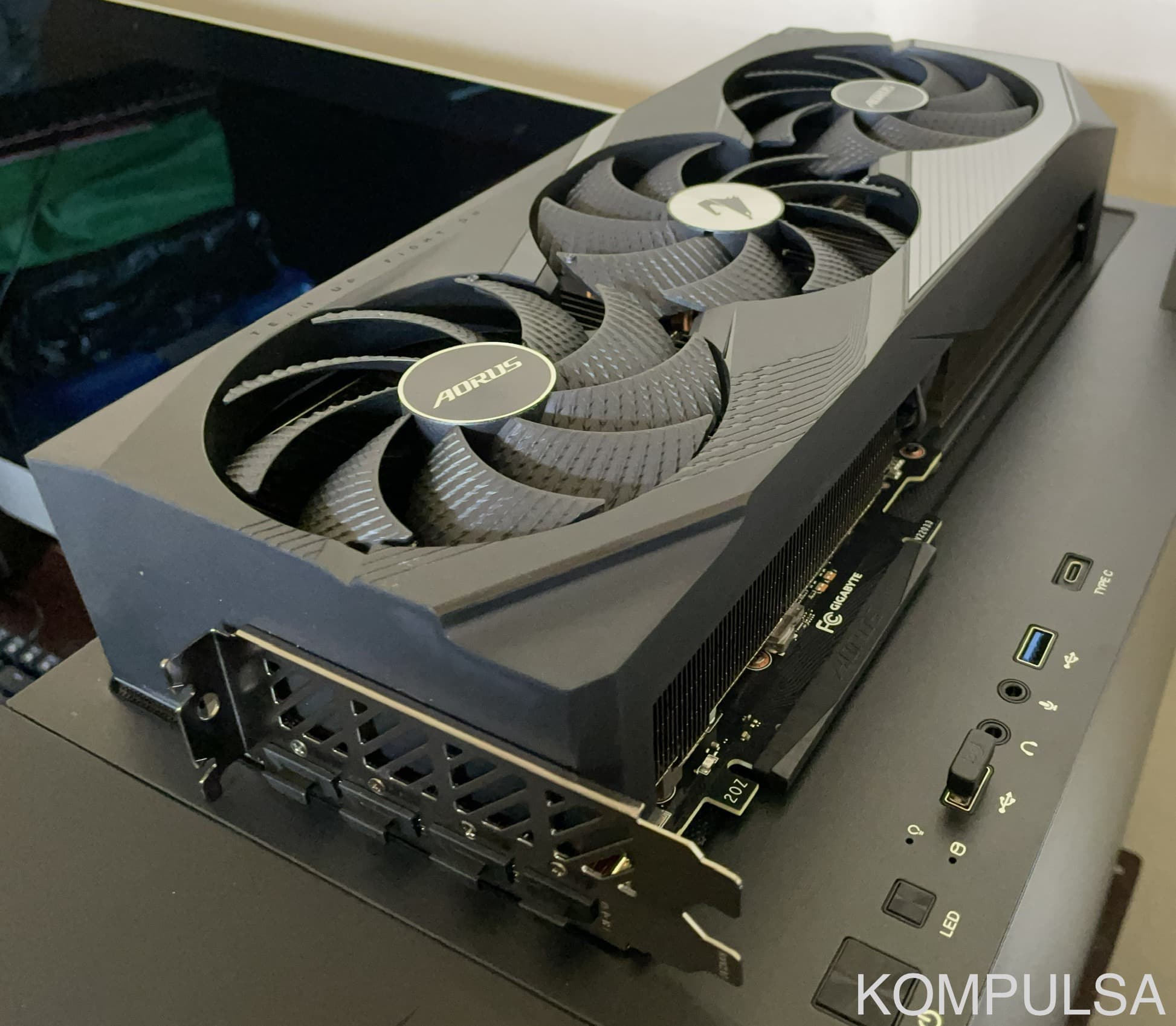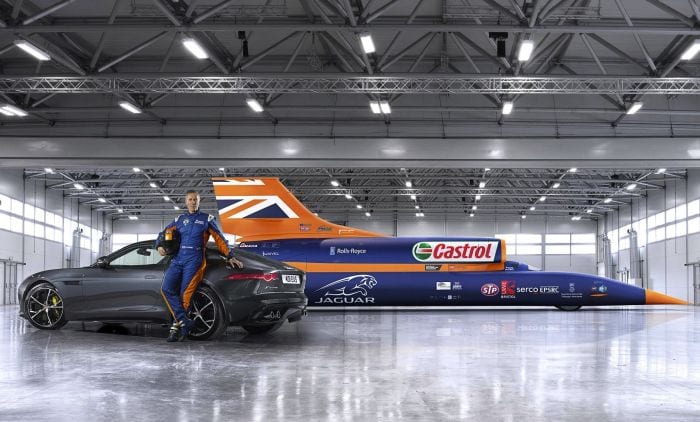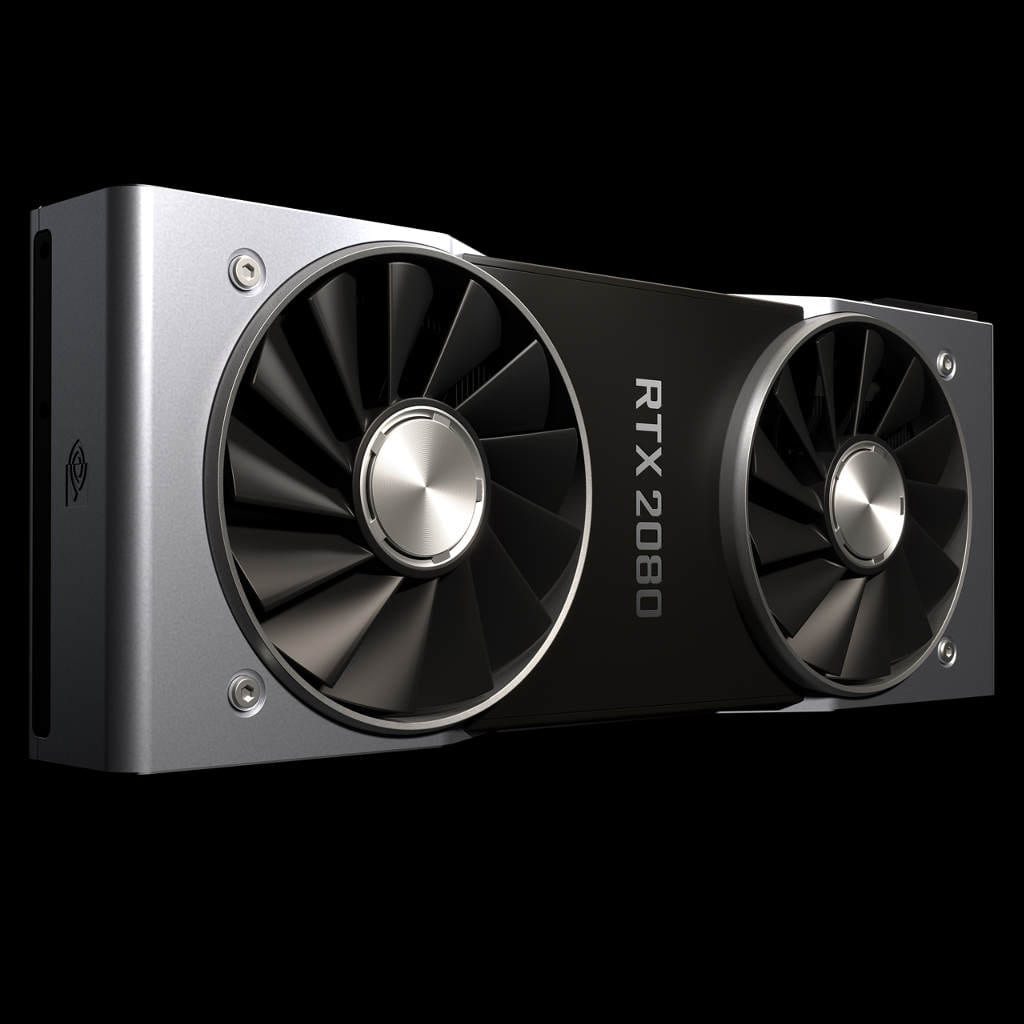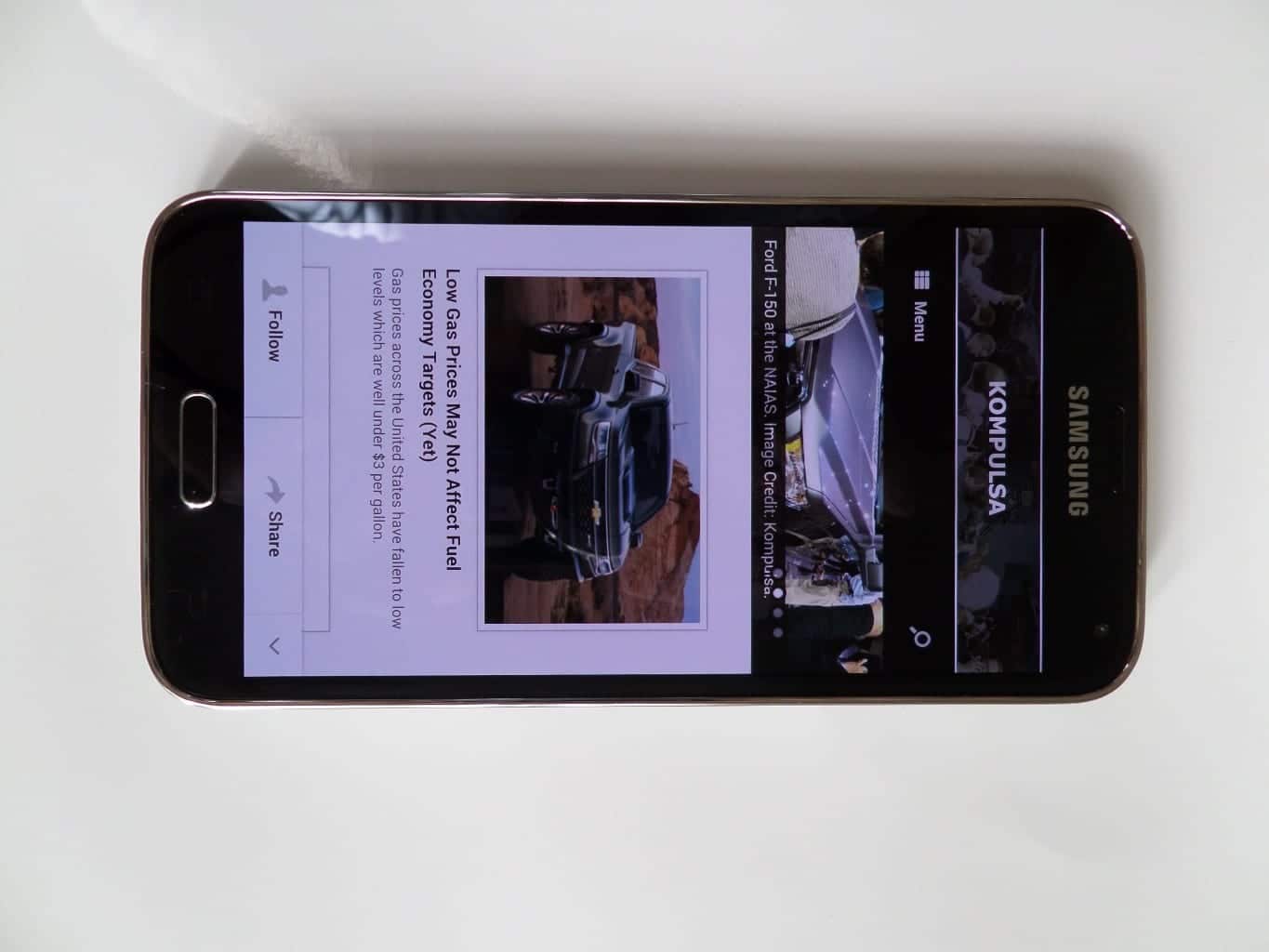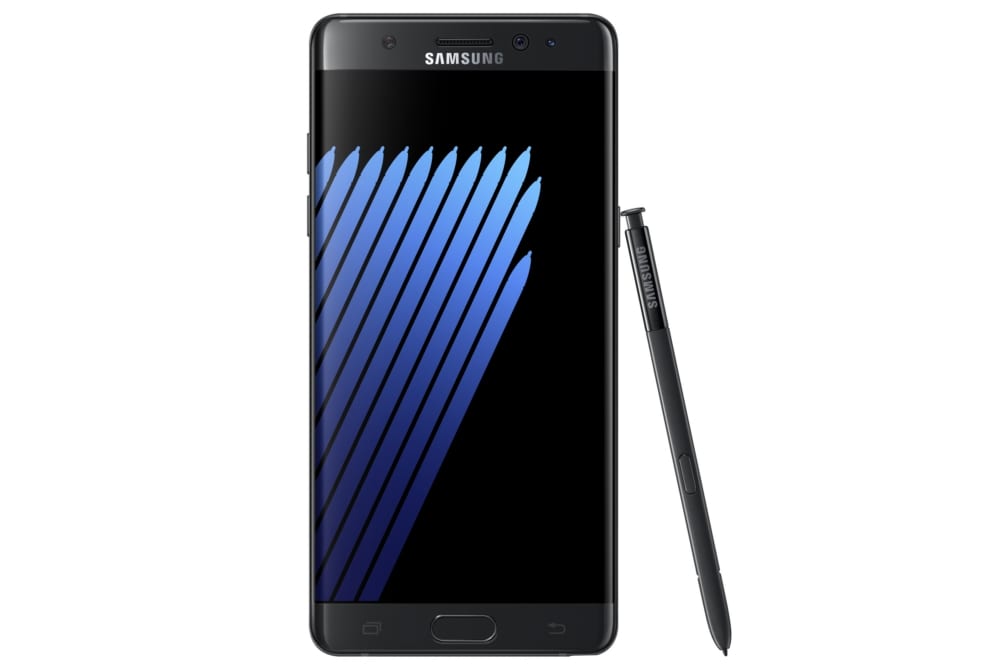Whenever you dine at a restaurant, what bothers you most?
In my case, it is the period I have to wait before I can even start choosing what I want on the menu (especially in long lines at fast food restaurants). On top of the time that takes, I have to wait for the waiter or waitress to carry my request to the kitchen.
Finally, there is one last wait for the meal to arrive. People may be accustomed to this. However, it never got to the stage where people found it convenient.
Traditional restaurants do help the situation by letting you sit at the table with your family, friends, or acquaintances so you can at least chat, browse the internet, play games on your tablet, etc while you wait.
‘Fast’ food restaurants offer faster service than traditional restaurants because you can just walk straight to the counter and ask for what you want. However, you will have to wait in line to order, and they still aren’t fast.
Speaking of tablet PCs, restaurants such as Applebee’s are implementing electronic ordering technology which enables you to order either online, or via a tablet instead of waiting for the waiter/waitress to get to you and take your order.
Fast food restaurants could benefit from an electronic ordering similar to what Applebee’s uses so that people could order food as soon as they get inside (i.e. by using tablets from their tables), and then go straight to the counter to pick them up, instead of waiting in the cashier line.
This is not only a refreshing improvement, but a potential game-changer.
Potential Implications For Small-Restaurants
New restaurants with little revenue may struggle to fund the implementation of electronic ordering technology (tablets, servers, Wi-Fi connections, etc).
I know that many try to (and rightfully so) support small businesses, but the likelihood of this will probably decrease as the more capital-intensive smart dining business model (like the one Applebee’s uses) is rolled out at large restaurants across the world.
Small, low-income restaurants might be stuck with the traditional, slow business model because they can’t afford a tablet for each table. Their customers will have to wait for waiters and waitresses while everyone else will speed (relatively speaking) through larger restaurant chains, resulting in a shift in attendance from small restaurants to big ones.
It is already difficult for small businesses to compete with the established restaurant chains partly due to the fact that large, successful restaurant chains can afford to buy the tablets, server machines, and networking equipment (wireless router, etc), while small restaurants can’t.
This is an enormous thorn in the side of small business support efforts. I’m not saying that this will definitely happen, because the equipment I mentioned isn’t exactly dirt cheap, but it isn’t that expensive either.
On a positive note, smart dining might actually help small restaurants reduce the wages and salaries by hiring fewer waiters.
Maybe the small restaurants will pull through, and if you help out by dining at them, they will!
For more technology-related news, visit the technology category, and to learn how things work, visit the technology section.



